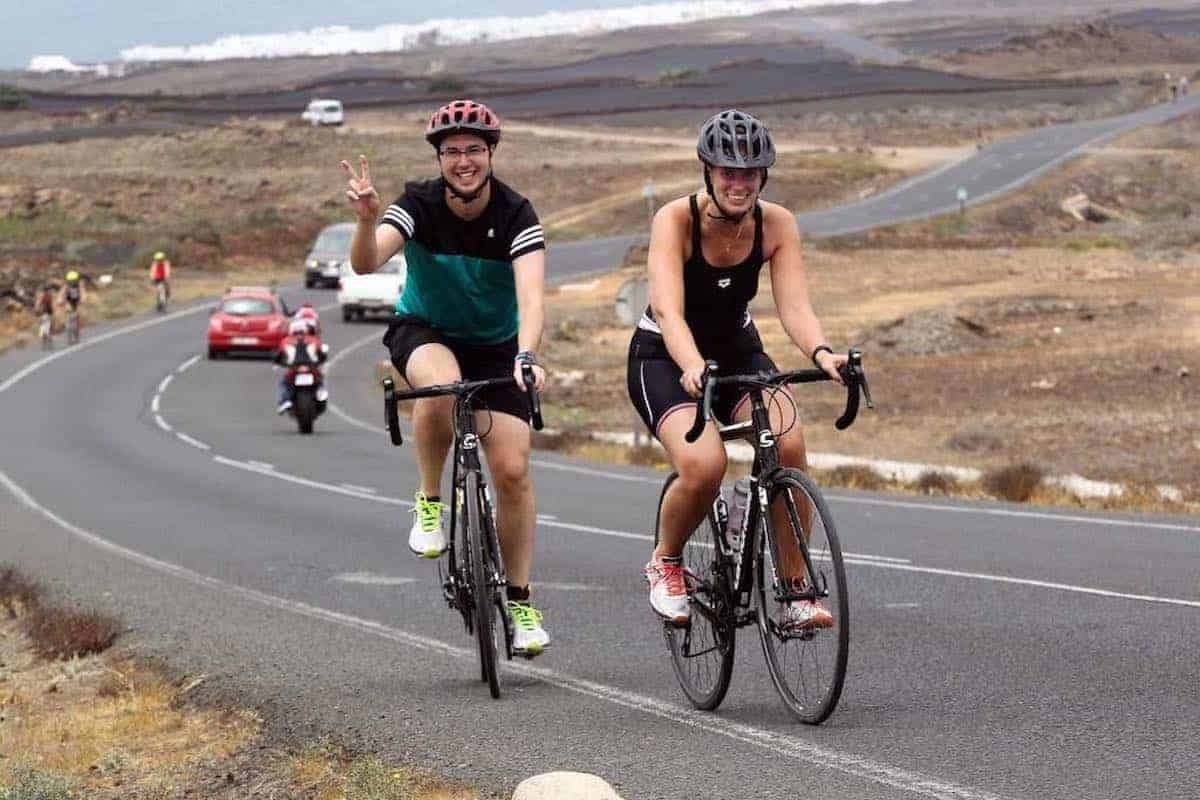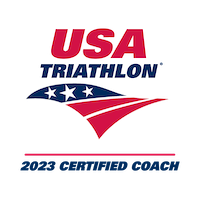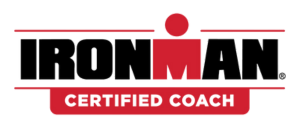Online Course
Become Confident For Your First Triathlon
Hey there, I’m Clément, a USA Triathlon Level 1 and Ironman U Certified Coach.
Let me help you start your journey as a triathlete.
A free 10-day course that covers all the things you really need to know.

Focus On What Matters Most
Triathlon can be overwhelming. In this course, I will help you focus on what will make the difference in your training and on race day.

Don’t Waste Money
There is no need to buy everything on the market. I will guide you through which training plan and gear make sense in your situation.

Read Stories Of Other Triathletes’ Debuts!
This course is based on my experience, feedback from hundreds of triathletes (amateurs to Ironman winners!), and alumni of this course.

Completely Free
I don’t charge you anything for this course 🙂
Who am I?
I’m Clément, an age group triathlete and certified USA Triathlon and Ironman U Coach. I started doing triathlon through a challenge I made with my brother, and quickly fell in love with the sport. I love the training, the community, and all the challenges that come with the sport.
Since 2017, I have created hundreds of resources, most of which you can find for free on this website, to help triathletes grow in the sport.
What you can expect
Frequently Asked Questions
Take the first step to become a triathlete!
And I will help you along the way!



